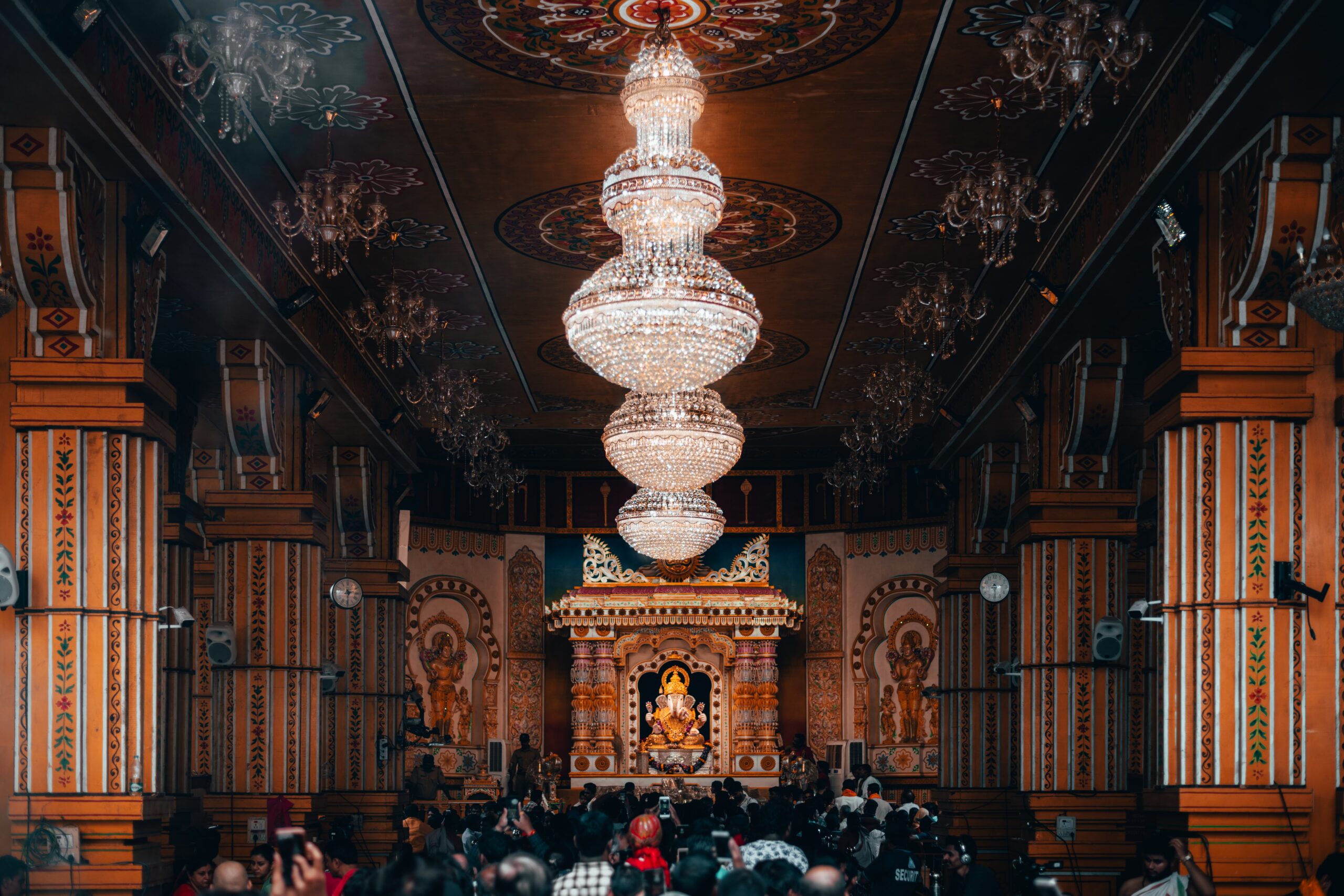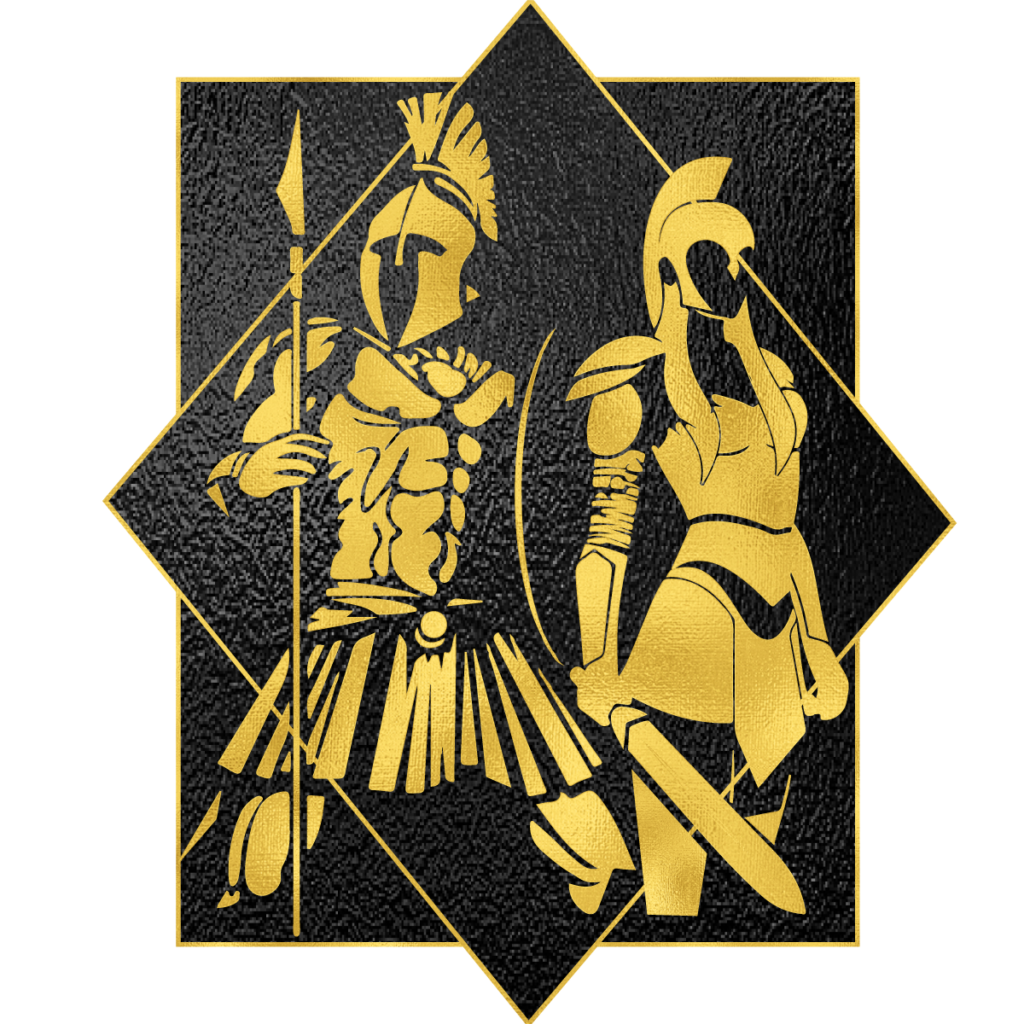Warriors, Namaste. Upon Us is the vibrant Ganpati Festival.
Today, we’re diving into a celebration that’s close to the heart of many, the enchanting and spiritually charged Ganpati Festival.
India, a land known for its vibrant traditions and diverse cultures, celebrates a plethora of festivals with great zeal and fervour.
Among these, the Ganapati Festival stands as a shining example of unity, devotion, and cultural richness.
Also known as Ganesh Chaturthi, this festival holds a special place in the hearts of millions of Indians and people of Indian origin worldwide.
In this article, we delve into the significance, customs, and spirit that make the Ganapati Festival a truly exceptional celebration.
- a true testament to the power of faith and community.
The Origins Of Ganpati Festival
Ganesh Chaturthi, also known as Vinayaka Chaturthi, widely celebrates the Hindu festival that honours Lord Ganesha, the elephant-headed deity of wisdom, prosperity, and good fortune.
The rich festival’s roots are deeply ingrained in Hindu mythology,
- and it has developed over the years into the opulent event we now recognise.
Mythological Origins
The story of Ganesh Chaturthi intricately links to the Hindu epic, the Mahabharata.
According to Hindu mythology, Lord Ganesha was created by Goddess Parvati, the consort of Lord Shiva.

One day, while Parvati was bathing, she crafted a young boy out of turmeric paste to guard her quarters.
- She then breathed life into this idol, and he became Lord Ganesha.
When Lord Shiva, who was away at the time, returned home, this young boy, who was guarding Parvati’s chambers, met him.
- Not recognizing him, a confrontation ensued between Shiva and Ganesha.

In the ensuing battle, Lord Ganesha was beheaded by Lord Shiva.
Upon realizing the mistake and the boy’s identity, grief overcame Shiva and Parvati.
To make amends and restore their son to life,
- Lord Shiva ordered his attendants (ganas) to bring the head of the first living being they came across.
They found an elephant and affixed its head to Lord Ganesha’s body, bringing him back to life.
This transformation made Lord Ganesha the unique elephant-headed deity we worship today.
Historical Development Of Ganpati Festival
Ganesh Chaturthi as a public festival, however, didn’t gain widespread popularity until the 17th century during the reign of Chhatrapati Shivaji Maharaj,
- the founder of the Maratha Empire in western India.
Chhatrapati Shivaji Maharaj was known for his devotion to Lord Ganesha,
- and he promoted the worship of the deity as a symbol of strength and unity among his subjects.
The festival continued to evolve and gain prominence during the 18th and 19th centuries, particularly in the state of Maharashtra.

Bal Gangadhar Tilak, a prominent freedom fighter and social reformer, played a crucial role in transforming Ganesh Chaturthi into a public celebration.
He used the festival to foster a sense of unity and patriotism among Indians during the British Raj.
Lokmanya Tilak,[26] championed it as a means to circumvent the colonial British government ban on Hindu gatherings through its anti-public assembly legislation in 1892.[27][28][29]
Contemporary Celebration Of Ganpati Festival
Ganesh Chaturthi is now widely observed in India and by the Indian diaspora abroad with great fervour and devotion.
During the ten-day event, people eagerly place exquisitely crafted Ganesha idols in their residences and public spaces.
Devotees worship these idols through sacrifices, supplications, and artistic expressions.
They subsequently immerse the statues in water at the event’s conclusion, symbolizing Lord Ganesha’s return to his heavenly dwelling.
Ganesh Chaturthi has not only retained its religious significance but has also become a cultural extravaganza
- that celebrates unity, creativity, and community spirit.
It continues to be a reflection of India’s rich heritage and the enduring devotion to Lord Ganesha,
- the deity who symbolizes the removal of obstacles and the blessings of new beginnings.

How Do People Celebrate The Ganpati Festival?
The Divine Guest’s Arrival
Ganesh Chaturthi marks the birthday of Lord Ganesha, the elephant-headed god of wisdom, prosperity, and good fortune.
Ganpati Festival, or Ganesh Chaturthi, is not just a date on the calendar; it’s a divine invitation to Lord Ganesha himself.
The beloved elephant-headed deity, renowned as the harbinger of good luck and the remover of obstacles,
- graces us with his presence during this period.
This festivity typically unfolds over ten glorious days, with its commencement often falling in late August or early September.
This Auspicious festival culminates on Anant Chaturdashi when the idols of Lord Ganesha are immersed in water bodies,
- symbolizing his return to his celestial abode.
The Artistry Of Idol Crafting
One cannot help but capture the captivating artistry displayed during Ganesh Chaturthi.
Skilled artisans and devoted souls painstakingly fashion idols of Lord Ganesha, ranging from small household sizes to towering installations.
These creations are not mere clay or plaster but vessels of devotion.
The idols are often adorned with vibrant colours, ornaments, and finery,
- and they hold symbolic objects like a modak (a sweet dumpling), symbolizing the divine delicacy cherished by Lord Ganesha.
The intricacy of these idols is a testament to the dedication of the creators.
While One Can Find Ganesh Idols In Many Parts of the World, we suggest you opt for the idols created in Pen.
- These Idols are made from shadu mati.

Where Is Pen?
Pen, a town in Maharashtra, India, is indeed famous for its Ganesh idol manufacturing industry.
The town holds a significant presence in the idol-making business and has earned a reputation for producing high-quality idols of Lord Ganesha.
Pen’s artisans have honed their skills over generations,
- creating idols that are in demand not only in Maharashtra but also in other parts of India and beyond.
The idols made in Pen are often admired for their artistry and craftsmanship.
Their Speciality: The craftsmen’s mastery of the craft makes the idol look and feel lively as if the Lord Ganesh looks at you through the eyes of the idol.

Community Celebrations And Pandal Splendor On Ganpati Festival
While households celebrate Ganpati with immense fervour, it’s also a time for grand public gatherings.
In bustling cities like Mumbai, Pune, and Hyderabad, magnificent pandals rise to house the Ganesha idols.
These pandals are a sight to behold, often carrying a central theme or a message.
The decorations and lighting in these pandals are nothing short of breathtaking,
- and they draw thousands of visitors who come to seek the blessings of Lord Ganesha.

A Symphony Of Devotion
Ganapati Festival is not just about religious rituals; it’s also a time for cultural celebrations.
Devotees come together to sing bhajans (devotional songs) and perform traditional dances like the dholki dance and the lezim dance.
Joy, music, and dance fill the atmosphere, fostering a sense of unity and community among the participants.
Environmental Consciousness And Eco-friendly Choices
In recent years, people have been expressing growing concern regarding the environmental effects of immersing Ganesh idols made of non-biodegradable materials.
To address this concern, many communities and individuals have shifted towards eco-friendly idols made from clay/Shadu Mati,
- which dissolve in water without harming the environment.
This shift reflects the commitment of the devotees to preserve the natural world while celebrating their faith.
A powerful testament to the dual commitment to preserving tradition and respecting our planet.
The Ganpati Festival Is A Testament To Unity In Diversity
Perhaps the most remarkable aspect of the Ganapati Festival is its ability to unite people from diverse backgrounds.
Regardless of caste, creed, or social status, people come together to celebrate this festival with unwavering devotion.
It serves as a reminder of the importance of unity and harmony in a culturally rich and diverse nation like India.
It reminds us that in unity, we find strength, and in diversity, we discover beauty.
This Auspicious Festival, Nurtures The Soul – One often finds their soul revitalized after this spiritual journey.

Ganapati Festival Is More Than A Religious Celebration
In conclusion, the Ganapati Festival is more than a religious celebration;
- it is a cultural extravaganza that encapsulates the spirit of India.
It’s a spiritual journey that unites us in devotion, creativity, and love for our planet.
It brings people together, fosters creativity, promotes environmental consciousness, and instils a sense of devotion and unity.
As the elephant-headed deity blesses his devotees with wisdom and prosperity,
- Ganesh Chaturthi continues to be a symbol of hope, happiness, and the rich tapestry of Indian culture.
It’s a festival that not only honours Lord Ganesha but also celebrates the collective spirit of humanity.
Ganpati Bappa Morya! May the blessings of Lord Ganesha guide us on our quest to be the better warriors of our own lives.








